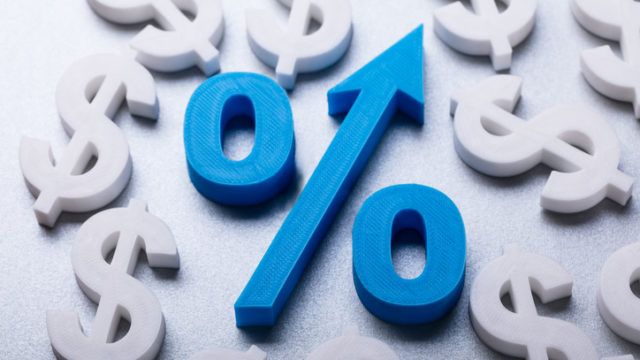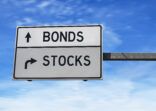A tempestuous final quarter of last year left most Asia bond funds floundering. Only five achieved positive returns – but barely — for the full calendar year, according to FE Analytics data.
Best and worst Asia bond funds 2018
|
Best |
Worst | ||
| Fund |
Return |
Fund |
Return |
| HSBC ABF Hong Kong Bond Index |
0.60%
|
AB Asia Pacific Local Currency Debt |
-17.83% |
|
PineBridge |
0.45% |
Invesco Asian Bond A Hedged |
-15.87% |
| BEA Asia Pacific Investment Grade Bond |
0.44% |
Value Partners Greater China High Yield Income A Hedged |
-14.81% |
| SSGA ABF Pan Asia Bond Index |
0.11% |
FF China High Yield A Hedged |
-14.74% |
| AXA World Funds Asian Short Duration Bonds |
0.03% |
Parvest Bond Asia ex-Japan |
-14.74%
|
Source: FE Analytics. Calendar year returns in US dollars.
However, higher absolute yields and spreads versus US Treasuries have encouraged buyers this month, rallying Asia bond prices and prompting a strong start to the year for the sector.
All of the 300 plus funds monitored by FE are in positive territory so far, led by Blackrock, Allianz and Fidelity funds with returns of over 5%.
The rise is part of a widespread surge in emerging market bond prices as investors expect a more restrained US interest rate policy and feel more sanguine that a recession will be avoided. JP Morgan’s EMBI global index of developing market bonds has gained 3.8% this year to 29 January, according to Bloomberg data.
Average yields on investment grade Asia bonds rose to 4% and on high yield to 10% (a spread of about 700 basis points) in Q4 2018, the highest levels since late 2015, according to Pheona Tsang, manager of the BEA Union Investment Asian Bond and Currency Fund.
Fund houses warm up
Blackrock expressed cautious confidence in Asia bonds in its 2019 market outlook, pointing out that “stable fundamentals, cheapening valuations and slowing issuance are supportive”.
Fidelity was also attracted by valuations and reassured by subdued primary market activity in 2019.
“Asian and China high yield valuations are at attractive levels, as high yield spreads have widened significantly, compared with the tighter spreads back in 2017,” noted fund manager Bryan Collins in December.
Although he warned about likely volatility, especially for the smaller, lowly-rated credits with a near-term refinancing requirement and limited capital market experience and funding channels, “stronger economic growth in Asia, relative to other developed markets (such as Europe and the US), remains supportive for this asset class.”
Moreover, he pointed out that Asian high yield US dollar net issuances peaked in 2018. Additionally, several Chinese companies — accounting for about half the Asia high yield market — might choose to raise capital onshore.
Tai Hui, chief market strategist Asia at JP Morgan Asset Management, argued at the start of the year that “investors should enter 2019 with a pro-risk tilt, still emphasizing equities, corporate credit and EM debt. But this bias may need to be reviewed and revised as growth momentum eases.”
Standard Chartered Private Bank also saw “better value in Asian US dollar bonds (compared with other emerging markets) as we like the credit quality and yield available.”
However, there is no sign yet that investors are returning to Asia’s local currency markets.
Foreign purchases of bonds issued in five Asian markets in 2018 fell sharply from the previous year, according to a recent Reuters report.
Data from central banks and bond market associations shows overseas investors bought a total net $10bn in Indonesian, Thai, South Korean, Indian and Malaysian bonds in 2018, compared with $49bn in 2017.
Greater confidence about stable US interest rates and a subdued dollar is likely required before Asia’s domestic markets enjoy a reversal of those flows.
Asia fixed income sector vs Bloomberg Barclays Global Aggregate Index


















